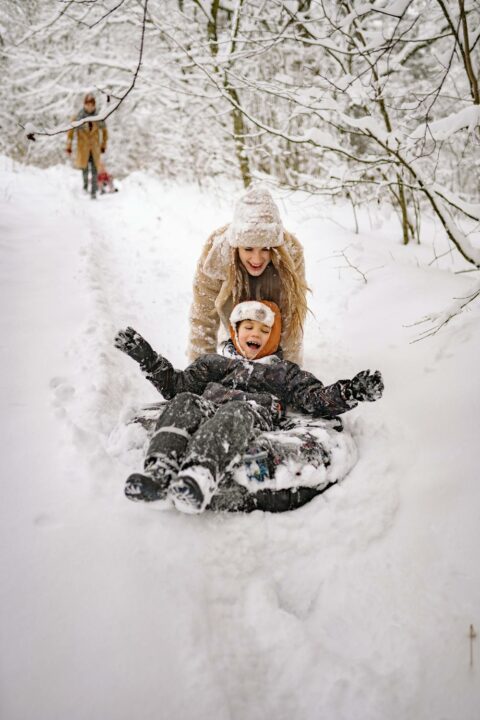Snow Much Fun with Science
Welp, with absolutely arctic temperatures and snow in the forecast, many tri-state school kiddos are enjoying an extended winter break this week.
Which means parents are left answering the question “What are we doing today?” -or- they have a child looking to them with puppy dog eyes saying “I’m bored”.
Consider checking out some of these fun wintery science experiments with your young learners this winter! A little bit of forethought can take a simple activity and turn it into something educational. Ask questions! Make those kiddos think, even if school is not in session.
Snow -> Water
Measure one cup of snow, and bring it inside to let it melt. Use scientific thinking to make predictions on what is going to happen! Consider what kind of change is happening as the snow goes from “solid” to liquid (physical). Stretch the thought even more- how many cups do they think it would take to make a snowman? Test out their theories and build a snowman!
Snow Paint Pallet
A little bit of food coloring goes a long way when it comes to snowy fun. And you probably have some fun tools in your house that can make this activity even more fun- squirt bottles (does anyone else still have their peri bottle from when they had their babies???), squirt guns, water blasters, turkey basters, etc. Maybe even a cup and paint brush!
This simple experiment will help children explore color mixing using water+food dye and SNOW. Add colors to water, put the water inside a vessel and go outside. Practice mixing colors while discussing primary (red, blue, yellow) and secondary (purple, green, orange) colors. For older kiddos, you could chat about how comic books are actually pictures made from tiny little dots- pointillism. Stretch the thoughts! And try your hand at some snow art, too. Little ones can be encouraged to practice writing letters, numbers and words! Truly the possibilities are endless with this one. Have fun!
Brrrrr Bubbles
Did you know cold weather affects how bubbles behave? Test it out for yourself! If you blow a bubble onto snow, you can watch as it freezes. Bubbles blown into the air also tend to float much longer before popping.
Sled Science
Making hypothesis and testing theories is a great way to act scientifically. If you have multiple sled types, test which once is fastest. Why? Sled with one person down a hill, then two or even three. Which sled experience is fastest and goes furthest, why? Simple questions and asking “why” can turn your crew into a group of physicists.
Make a Snow Volcano
You know the classic experiment, right? Vinegar + Baking Soda = Eruption! Take a glass outside, add baking soda to the bottom. Build up a snow cone volcano around the top of the glass. Pour in vinegar and boot! Dawn detergent can be added to the baking soda mix for an even bigger boom.





